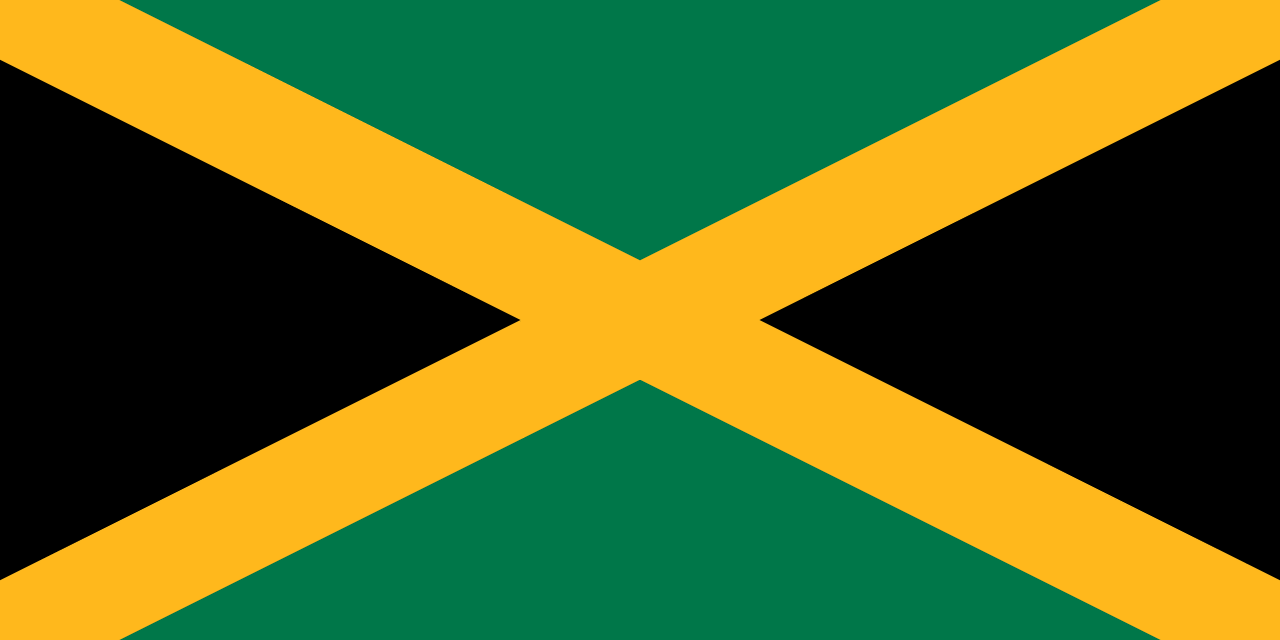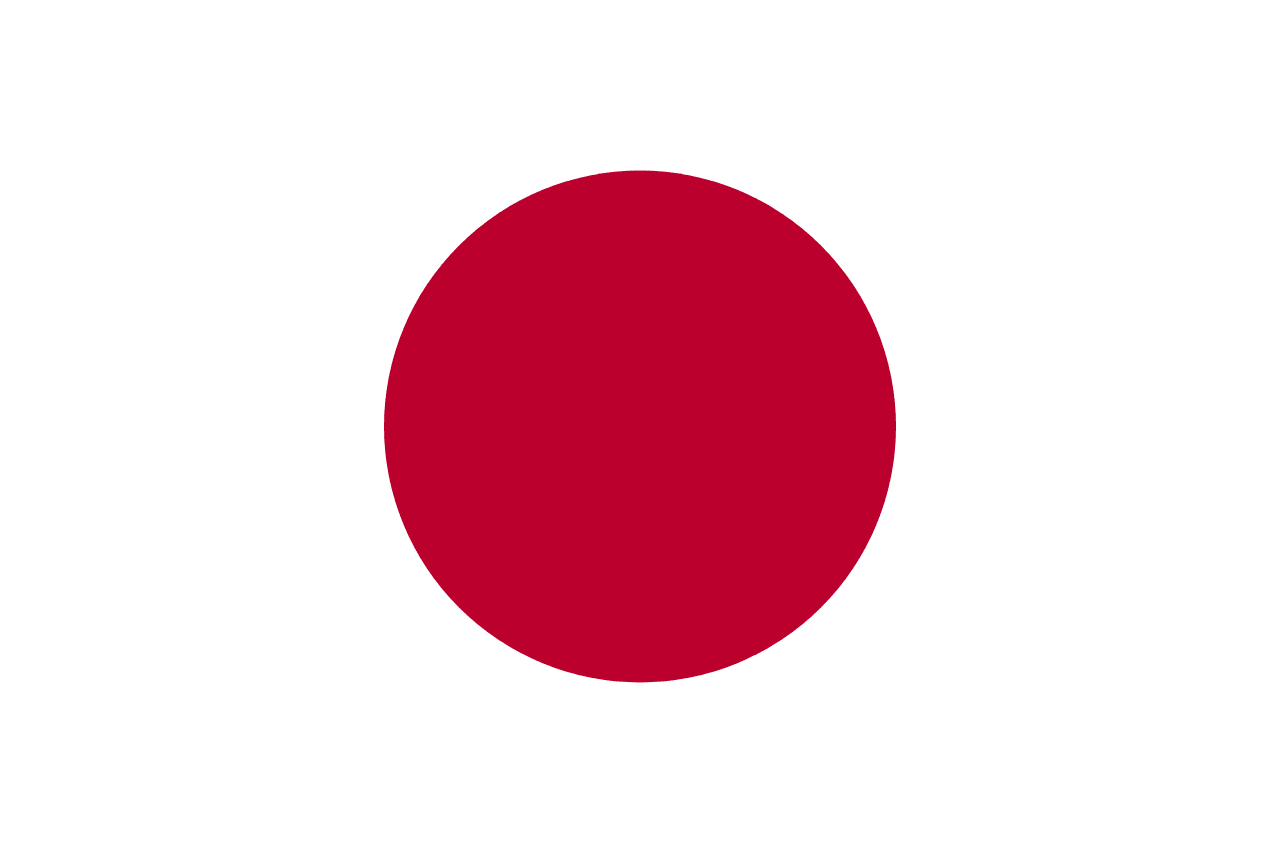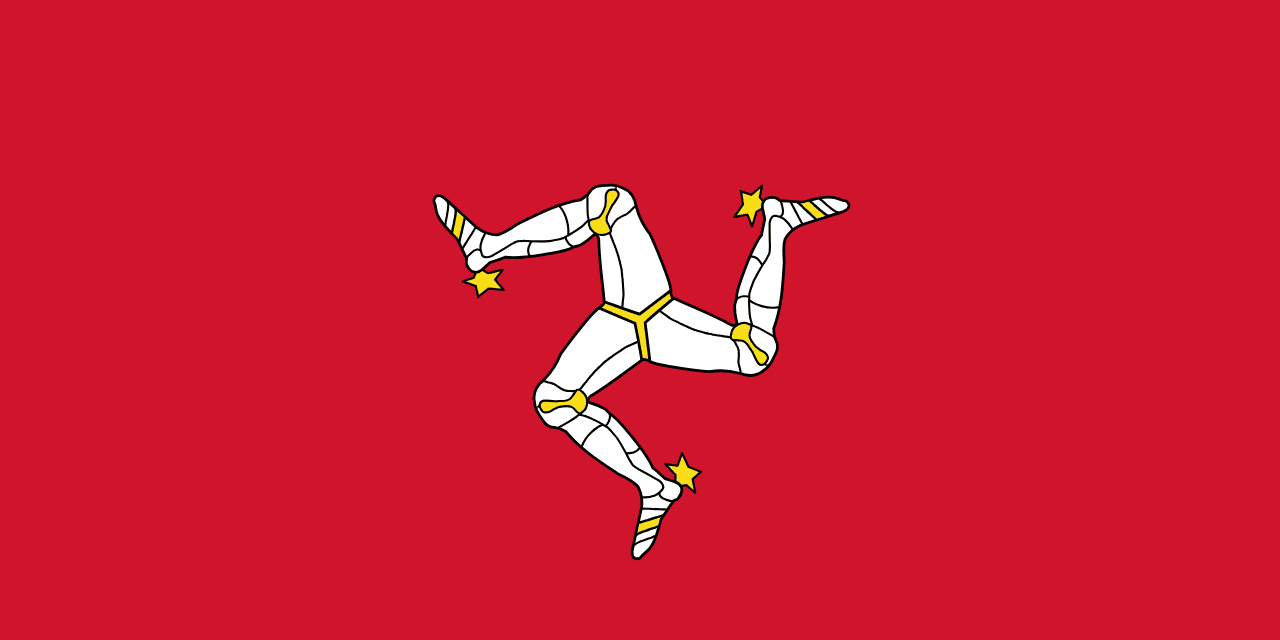The flag of Italy, known as "il Tricolore" (the Tricolor), consists of three equal vertical stripes: green on the hoist side, white in the center, and red on the fly side. This simple yet striking design encapsulates Italy's rich history, cultural heritage, and national identity.
Italy information
| National Flag Day | — |
| Sovereign state | Yes |
| Official name | Italian Republic |
| Capital | Rome |
| Population | 60,461,851 |
| Area | 301,338 km² |
| Currency | Euro (€) - EUR |
| Language | Italian |
| Continent | Europe |
| Region | Southern Europe |
| Subregion | — |
| Borders | Austria, France, San Marino, Slovenia, Switzerland, Vatican City |
| Timezone | Central European Time (CET) UTC+1 |
| Calling code | +39 |
| Top-level domain | .it |
History of the Italian flag
The Italian tricolor was first adopted on January 7, 1797, in Reggio Emilia, inspired by the flag of France. It became the official national flag on January 1, 1948, following the birth of the Italian Republic. The flag's origins are closely tied to the Risorgimento, the 19th-century movement for Italian unification. Throughout its history, the tricolor has symbolized the struggle for independence, democracy, and national unity.
Symbolism and design of the Italian flag
The colors of the Italian flag carry deep symbolic meaning. While there is no official interpretation, popular tradition associates green with the country's lush plains and hills, white with the snow-capped Alps, and red with the blood shed during the Wars of Italian Independence. Another interpretation links the colors to the theological virtues: green for hope, white for faith, and red for charity. The flag's simple tricolor design reflects the ideals of equality and unity that have shaped modern Italy.
Usage and significance of the Italian flag
 The Italian flag serves as a powerful symbol of national identity and pride. It is prominently displayed during official ceremonies, national holidays such as Republic Day (June 2), and at government buildings. The flag plays a crucial role in sports events, particularly in international competitions where it represents Italian athletes and teams. Its use extends beyond Italy's borders, with Italian communities worldwide using it as a symbol of their heritage and cultural identity.
The Italian flag serves as a powerful symbol of national identity and pride. It is prominently displayed during official ceremonies, national holidays such as Republic Day (June 2), and at government buildings. The flag plays a crucial role in sports events, particularly in international competitions where it represents Italian athletes and teams. Its use extends beyond Italy's borders, with Italian communities worldwide using it as a symbol of their heritage and cultural identity.
Interesting facts about the Italian flag
- The Italian naval ensign and war flag feature the coat of arms of the Italian Republic at the center of the white stripe.
- The exact shades of green and red in the Italian flag have varied over time, with the current official colors established in 2003 and 2006 respectively.
- During the Napoleonic era, many Italian states adopted flags with revolutionary tricolor designs, influencing the eventual choice for the national flag.
- The Italian flag inspired the designs of several other national flags, including those of Mexico and Ireland, though with different color arrangements.
- In 1997, Italy celebrated the 200th anniversary of the tricolor with various events and commemorations, highlighting its enduring importance in Italian culture and history.





